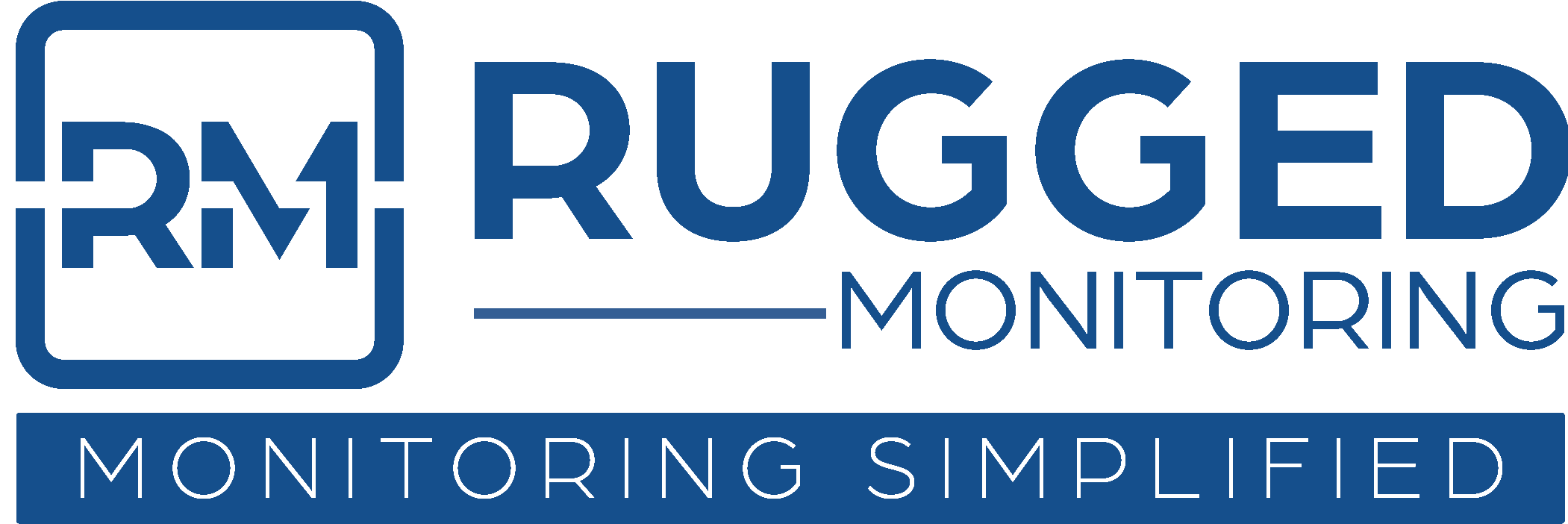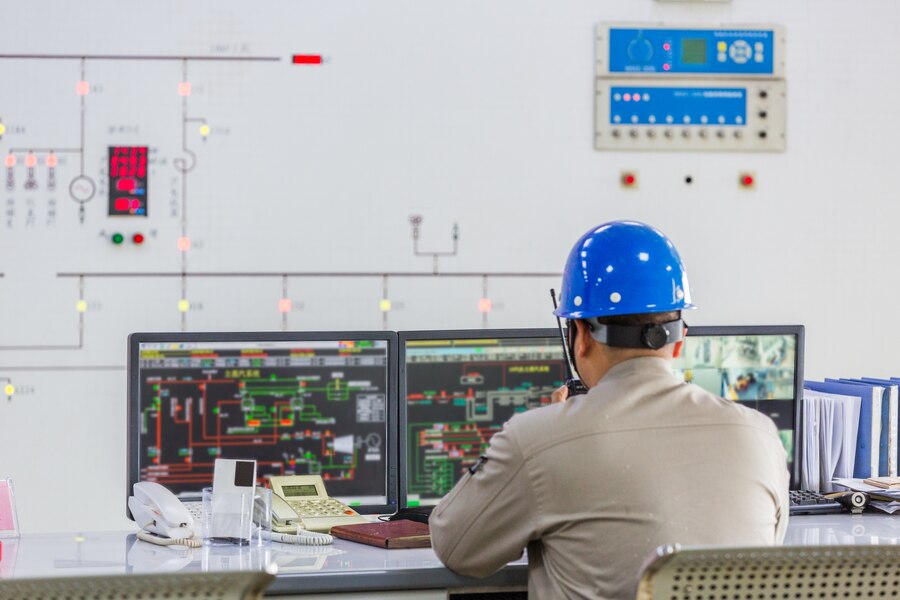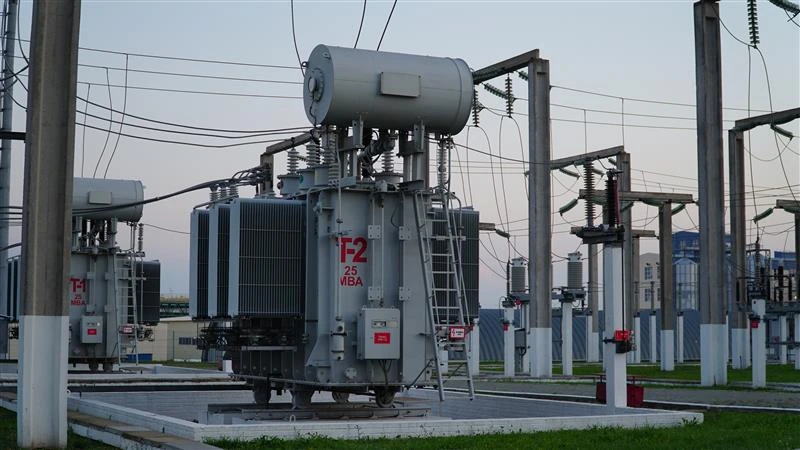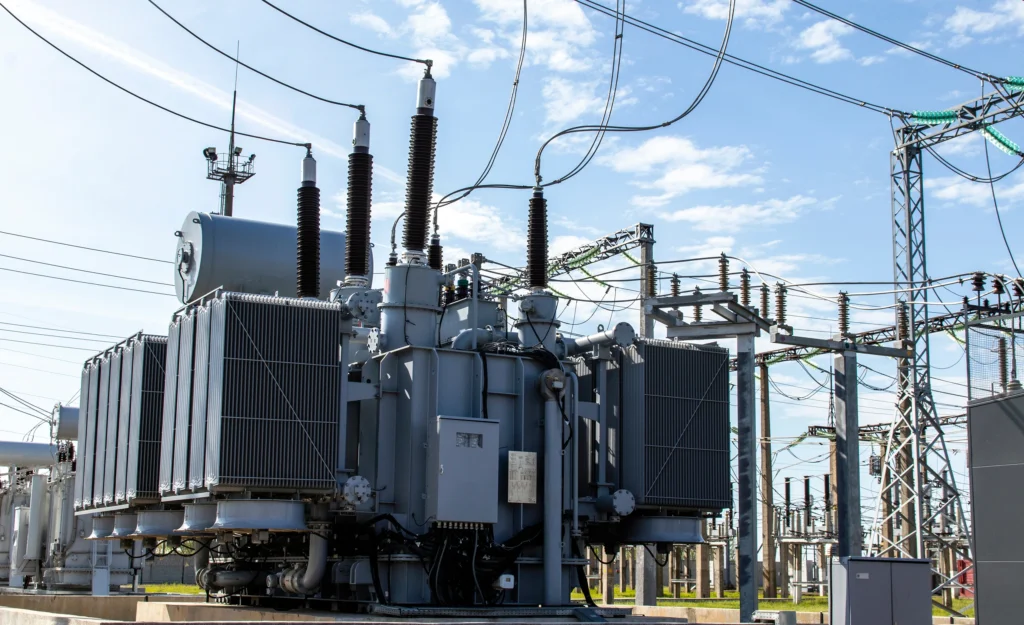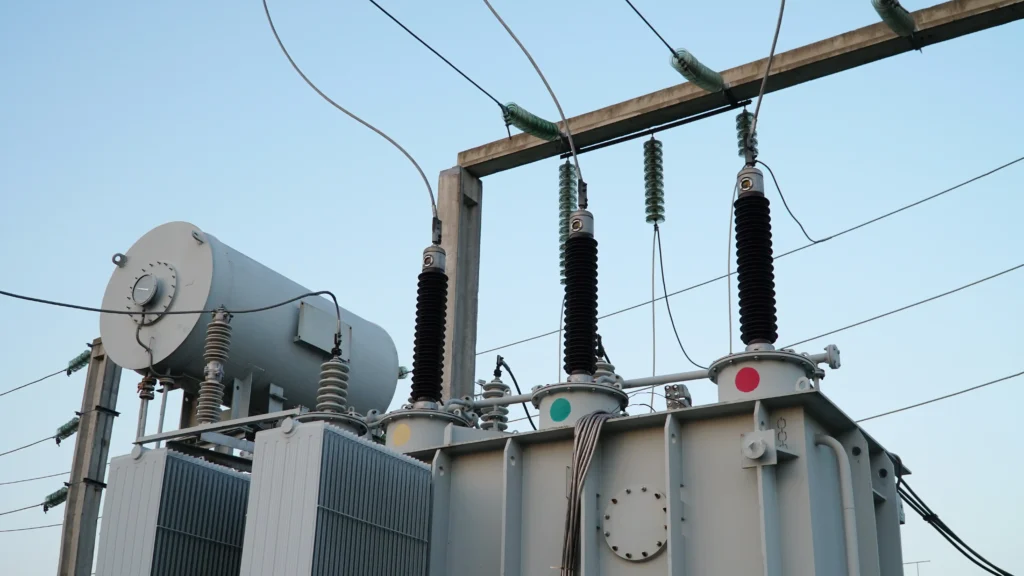Introduction: In the realm of electrical asset management, the role of Computerized Maintenance Management Systems (CMMS) has become indispensable. As industries evolve, the need for efficient, data-driven, and precise asset monitoring grows. CMMS, with its advanced capabilities, offers a solution that not only tracks and manages assets but also ensures their optimal health and longevity. This comprehensive guide delves into the profound impact of CMMS in electrical asset management, catering to professionals who aim to harness its full potential.
Benefits of Using CMMS in Electrical Asset Management
In today’s technologically advanced era, the importance of electrical assets in industries cannot be overstated. These assets, ranging from transformers to substations, play a pivotal role in ensuring seamless operations. However, managing these assets efficiently is a challenge that many companies face. CMMS, specifically tailored for electrical asset management, offers a plethora of benefits that cater to the unique needs of the industry.
1. Improved Asset Lifecycle Management
The lifecycle of an electrical asset is intricate, encompassing various stages from its inception to its eventual decommissioning. CMMS serves as a central hub, meticulously documenting every phase of an asset’s life.
Installation: At the onset, CMMS records the installation details, including date, location, and initial configurations. This ensures that every asset is accounted for right from its induction.
Maintenance: Regular maintenance checks are vital for the longevity of electrical assets. CMMS not only logs maintenance activities but also predicts when the next maintenance is due, based on historical data and usage patterns.
Replacement: When assets reach the end of their operational life, CMMS provides alerts for timely replacements, ensuring no operational hiccups.
By offering a 360-degree view of assets, CMMS ensures they function at their peak efficiency throughout their lifecycle.
2. Enhanced Preventive Maintenance Scheduling
The adage “prevention is better than cure” holds especially true for electrical assets. Unplanned downtimes can be costly, both in terms of finances and operational efficiency. CMMS comes equipped with features that automate preventive maintenance scheduling. By analysing historical data and real-time inputs, CMMS predicts potential issues and schedules maintenance activities accordingly. This proactive approach ensures timely checks, drastically reducing unplanned downtimes and, in turn, extending the asset’s lifespan.
3. Reduction in Downtime and Increased Operational Efficiency
Downtimes are a bane for any industry, more so for sectors reliant on electrical assets. With CMMS’s real-time monitoring capabilities, potential issues are identified well in advance. For instance, if a transformer shows signs of overheating, CMMS sends out immediate alerts, allowing for swift interventions. This not only minimizes disruptions but also maximizes operational efficiency. Furthermore, by reducing the frequency and duration of downtimes, CMMS plays a pivotal role in enhancing the overall productivity of a facility.
4. Safety Compliance and Risk Management
Electrical assets, while indispensable, come with their share of risks. Ensuring the safety of both the assets and the personnel handling them is paramount. CMMS is equipped with features that meticulously track safety protocols. Whether it’s routine inspections or certifications, every detail is logged into the system. Moreover, by ensuring compliance with safety standards, CMMS plays a crucial role in risk management. For instance, if a particular asset is due for a safety inspection, CMMS sends out timely reminders, ensuring no lapses in safety protocols.
Key Features of CMMS Relevant to Electrical Asset Management
In the intricate world of electrical asset management, the need for a comprehensive system that can seamlessly handle various facets of asset monitoring is paramount. A Computerized Maintenance Management System (CMMS) is that pivotal tool, designed to cater to the multifaceted needs of the industry. Let’s delve deeper into the key features of CMMS that make it indispensable for electrical asset management.
1. Asset Tracking and Inventory Management
The foundation of effective electrical asset management lies in the ability to track assets meticulously and manage inventory efficiently. CMMS, with its state-of-the-art tracking capabilities, offers this advantage.
Real-time Monitoring: CMMS systems are equipped to monitor electrical assets in real-time. Whether it’s the operational status of a transformer or the efficiency metrics of a substation, CMMS provides real-time data, ensuring timely interventions when needed.
Inventory Management: Beyond just tracking, CMMS aids in maintaining an accurate inventory of electrical assets. This ensures that there’s no resource wastage, and replacements are available when needed, facilitating efficient resource allocation.
2. Maintenance Scheduling and Work Order Management
Maintenance is at the heart of electrical asset longevity. CMMS shines in this domain by offering:
Automated Scheduling: Gone are the days of manual scheduling. CMMS automates the maintenance scheduling process, ensuring that assets are serviced at regular intervals, thereby reducing potential hazards.
Streamlined Work Order Process: From raising a work order to its completion, CMMS offers a streamlined process. This ensures that maintenance activities are carried out efficiently, minimizing downtimes and maximizing asset longevity.
3. Reporting and Analytics for Decision-making
In the age of data-driven decision-making, CMMS stands out by offering comprehensive reporting capabilities.
Insightful Reports: CMMS churns out detailed reports that offer insights into various facets of electrical asset management. Whether it’s the performance metrics of an asset or maintenance schedules, CMMS provides data that aids in informed decision-making.
Areas of Improvement: Beyond just reporting, CMMS analytics highlight potential areas of improvement, ensuring that the electrical asset management process is continually refined for optimal results.
4. Integration with Other Systems
In today’s interconnected enterprise ecosystem, the ability of a system to integrate with other platforms is crucial. Modern CMMS solutions excel in this domain.
Seamless Integration: Whether it’s the ERP system of a company or any other enterprise software, modern CMMS solutions integrate seamlessly. This ensures a cohesive approach to electrical asset management, where data flows smoothly across platforms, offering a unified view.
Challenges and Considerations
While the integration of Computerized Maintenance Management Systems (CMMS) into electrical asset management has revolutionized the industry, it’s not without its set of challenges and considerations. Implementing and maintaining a CMMS requires a strategic approach, understanding potential pitfalls, and making informed decisions. Let’s delve into the key challenges and considerations that professionals in the electrical asset monitoring software domain face.
1. Implementation Challenges
The transition to a CMMS, especially in an environment that previously relied on manual or disparate systems, can be daunting.
Training Needs: A CMMS, with its myriad features, requires comprehensive training. Ensuring that the staff is well-versed with the system is crucial for its successful implementation.
Change Management: Resistance to change is a common hurdle. Implementing a CMMS might necessitate a shift in the organizational culture. Adopting robust change management strategies, including stakeholder buy-in and continuous communication, is essential.
2. Choosing the Right CMMS Solution
The market is flooded with CMMS solutions, each with its unique features and capabilities.
Tailored Solutions: Not all CMMS solutions cater to the specific needs of electrical asset management. It’s imperative to choose a solution that aligns with the unique requirements of the industry.
Scalability: As the organization grows, the CMMS should be able to accommodate the increasing number of assets and the complexities that come with it.
3. Data Accuracy and Integrity
The power of CMMS lies in its data. However, the system is only as good as the data fed into it.
Data Entry Protocols: Establishing strict data entry protocols ensures that the data fed into the CMMS is accurate. This might involve training sessions and regular audits.
Regular Audits: Periodic audits of the data ensure its integrity. Any discrepancies can be identified and rectified in a timely manner, ensuring that the CMMS functions optimally.
4. Cost Implications
While the benefits of CMMS are manifold, it’s an investment that requires careful consideration.
Understanding ROI: Before implementing a CMMS, it’s crucial to understand its potential return on investment. This involves analysing the potential savings in terms of reduced downtimes, extended asset lifespans, and increased operational efficiency.
Budgeting: While choosing a CMMS solution, it’s essential to align it with the organizational budget. This might involve analysing various pricing models and understanding the total cost of ownership.
Conclusion and Future Trends
The integration of CMMS in electrical asset management signifies a paradigm shift towards data-driven, efficient, and proactive asset health monitoring. As technology advances, the capabilities of CMMS are set to expand, incorporating AI, IoT, and predictive analytics, offering even more precise and timely insights. For professionals in the electrical domain, embracing CMMS is not just a choice but a necessity, ensuring the longevity, safety, and optimal performance of assets. As we gaze into the future, the symbiosis between electrical asset management and CMMS promises innovations that will redefine the industry standards.
